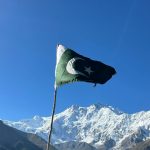Covering the majority of the Arab peninsula and encompassing some of the most holy ground in Islam, Saudi Arabia is an incredibly important country with a long, rich history. It was in what is now Saudi Arabia that the Islamic prophet Muhammad was born and indeed, where the religion of Islam was founded! But that… That’s pre-Saudi Arabia. That’s not what the Saudi Arabia national day is commemorating, so let’s give it an overview and maybe learn some history along the way.
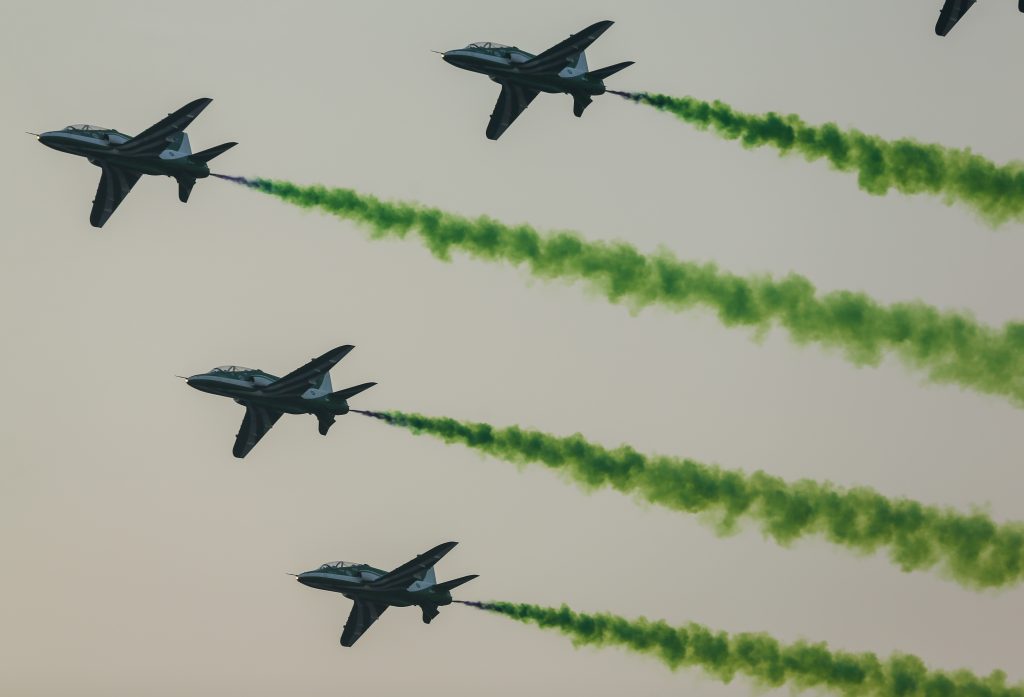
When is the Saudi Arabia National Day?
The Saudi national day takes place on the 23rd of September. This is in accordance with the Gregorian ‘solar’ calendar, as opposed to how other more specifically Islamic holidays are celebrated in accordance with the Hijri ‘lunar’ calendar. If you’re concerned about the date changing each year due to calendar differences, don’t worry, it always follows the Gregorian calendar.
What does the Saudi Arabia National Day represent?
On the 23rd of September 1932, the third Saudi state was officially proclaimed. (We’ll get to the first two later) The state was declared through the unification of the Kingdom of Hejaz and Nejd, a dual monarchy led by king Abdulaziz which were administered separately until this date. On this date, the nation was officially renamed to Saudi Arabia, after the House of Saud the king represented.
How is the Saudi Arabia National Day celebrated?
As you’d expect from most national celebrations, there’s a whole lot of fireworks, flags, parades and music. The colours of green and white, from the national flag, are prominent pretty much everywhere. From clothing to balloons, the flag itself, coloured lights and even food prepared! Besides that, there’s a lot of cultural events with traditional dancing, music and cultural displays like sword dancing. Naturally, things are often capped off with military display, including parades and air force manoeuvres. Wherever you go in Saudi Arabia, if it’s the Saudi national day, there’ll be things worth doing and worth seeing. Just be sure to find yourself in one of the big cities by nightfall. The fireworks shouldn’t be missed!
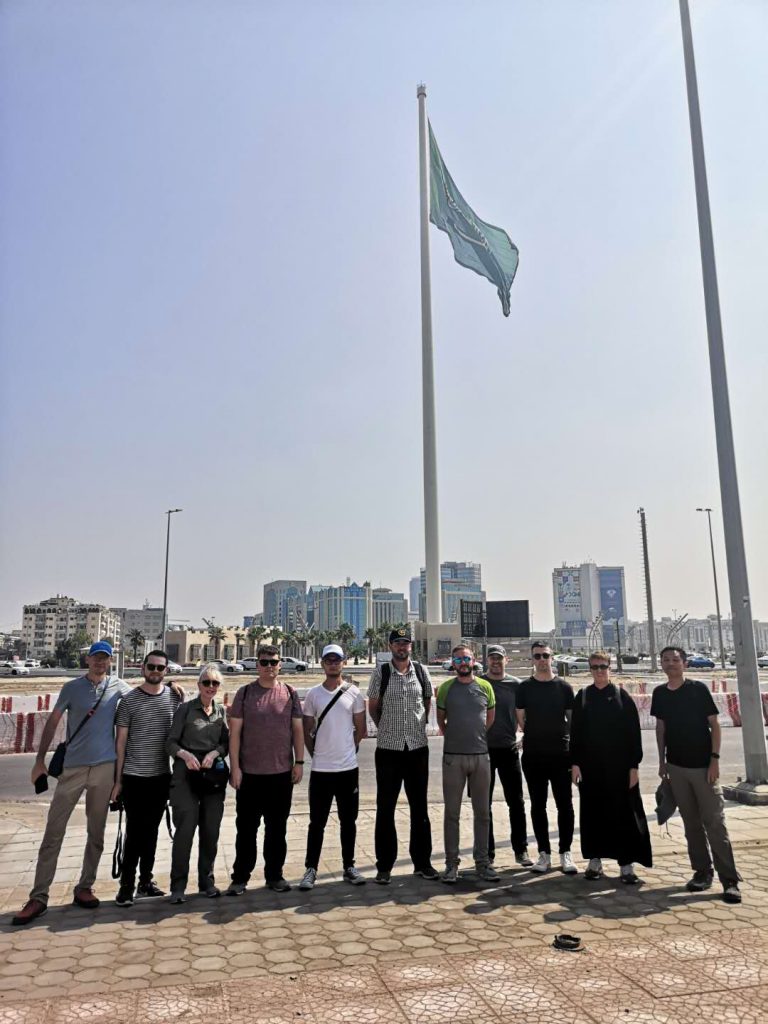
History of Saudi Arabia’s National Day
I suppose now that we’ve covered what the Saudi national day is, we should discuss why it is. I did say after all that it was the third Saudi state, as well as that the monarchy was already established before unification. So what makes that date so important and how did the Kingdom of Saudi Arabia start to begin with? Let’s go back a few hundred years to get started.
The Rise of the House of Saud
Before there was Saudi Arabia, there was still the Arabian peninsula. It was there, in the early 600s that the Islamic prophet Muhammad began uniting the tribes of Arabia and spreading Islam through the region. To this day, the holy cities of Mecca and Medina in Saudi Arabia are considered important sites for all Muslims. Visiting the city of Mecca is itself considered a responsibility for all Muslims able to do so, known as one of the five pillars of Islam. It’s for this reason that the territory itself has tremendous importance to Islamic civilization and has been held by a number of caliphates and Islamic empires over the centuries.
Lurching far forward in history to the 1700s, the Arabian peninsula was controlled by the Ottoman Empire. The strength of the empire this deep into its territory had weakened, with the Arabian interior mostly only functioning as a tributary state, without a powerful Ottoman force to keep it in line. It was under these conditions that Muhammad bin Saud Al Muqrin (otherwise known as Ibn Saud) lived, ruling as local emir of a settlement called Diriyah. Given the relative local autonomy in this region, it wasn’t uncommon for local emir’s to battle for influence and control, so-long as it didn’t upset Ottoman rule. For this reason, Ibn Saud was able to be powerful, independent and left alone by the Ottomans.
This hat-trick of virtues caught the attention of another foundational figure, Muhammad ibn Abd al-Wahhab, the ideological founder of Wahhabism, a school of Islamic thought that became foundational to Saudi Arabia. Due to his teachings and actions in his hometown, al-Wahhab was forced into exile, which brought him to Diriyah to meet with Ibn Saud. They found that they agreed with each-other and forged a pact in 1744 whereby Ibn Saud would be responsible for political and military issues while al-Wahhab was responsible for religious issues. This marked the founding of the Emirate of Diriyah, otherwise known as the first Saudi state. Unfortunately, the exact date’s lost to time, so it doesn’t really suit for the Saudi Arabia national day.
The First Saudi State
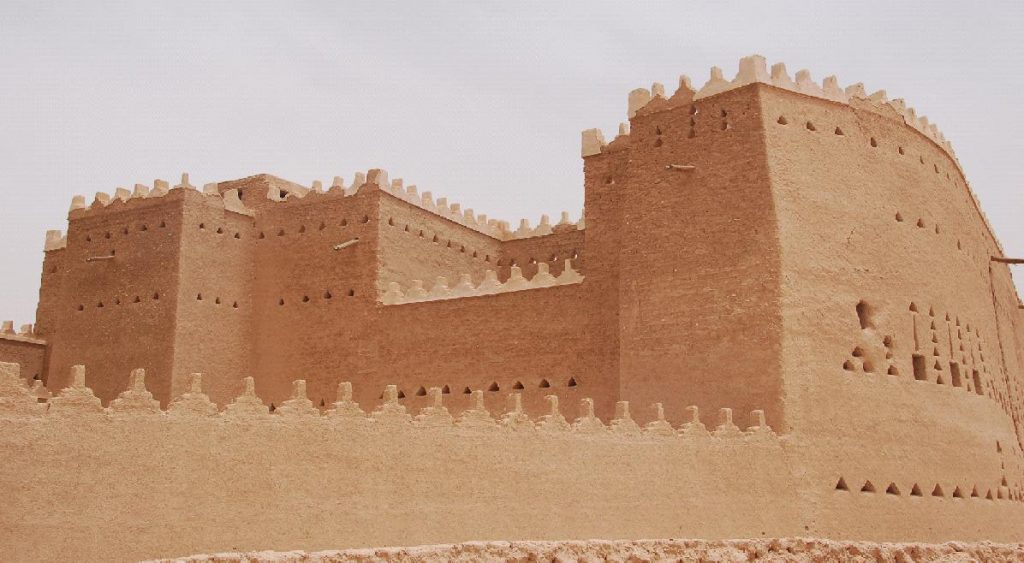
The Emirate almost immediately began a rapid expansion, seizing territory in the interior and attracting many to the cause. In 1765, Ibn Saud’s son Abdulaziz took over in his place and saw further conquest of Arabia. It was under him that the future Saudi capital of Riyadh was captured in 1773, followed by the whole of the Nejd region (Arabian interior) by 1789. This gradually drew the concern of Ottoman authorities, concerned that their previously fractured tributary state was becoming an overwhelming force in its own right. It most certainly was, for a brief period in 1802, the Saudi forces controlled modern day Qatar and Bahrain.
1802 was likely the peak of Abdulaziz’s authority, as well as his brutality. Saudi forces attacked Karbala, an Islamic Shia holy city all the way in Iraq, where thousands of civilians were killed, massive amounts of loot stolen and the shrine of Imam Husayn ibn Ali was nearly destroyed, an act which has had ripple effects on Shia-Sunni relations to this very day. The following year, Abdulaziz was assassinated by a man who’s family had been killed in the attack on Karbala. His successor was Saud bin Abdulaziz Al Saud, who furthered Saudi control by capturing the holy city of Medina in 1804 and Mecca itself in 1806.
Conflict with the Ottoman’s was now inevitable. In 1807, the viceroy of Egypt Muhammad Ali (no relation) was ordered by the Ottoman leader to retake Arabia. By 1815, the Saudi forces had been driven back into the interior and the following year, the interior itself was under attack. The Ottoman forces were no-less brutal than the Saudis had been, with many thousands of civilians killed in the campaign until at last, Diriyah itself was under siege. Then-Saudi leader Abdullah bin Saud Al Saud eventually surrendered in 1818 and despite promises of clemency, he was publicly beheaded the following year.
The Second Saudi State
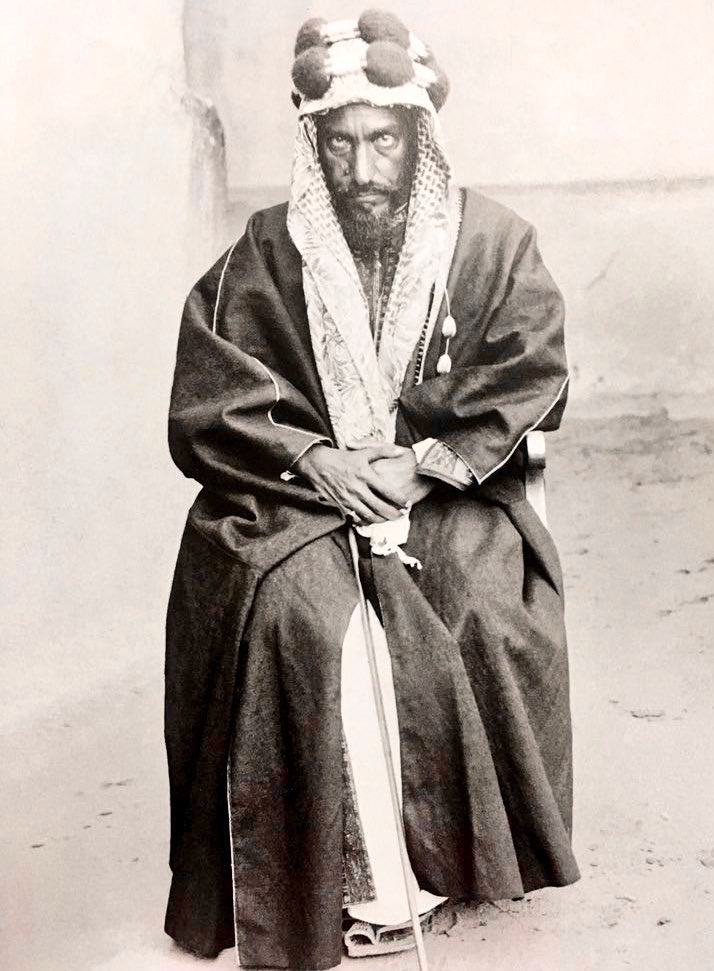
Much of the Saudi family were sent into exile, while religious Wahhabi leaders and theorists were executed, the Ottomans fearing the spread of their influence. Attempts by remaining Saudi leaders to reform a state were crushed, until Turki bin Abdullah Al Saud managed to retake Riyadh in 1824, establishing it as the capital Saudi control of Arabia, as it remains to this day. He tried to keep the peace with the Ottomans, but was killed by a cousin in 1834, only for him to be overthrown in turn by Faisal ibn Turki Al Saud, Turki’s son.
…And he too was overthrown by the Egyptians and taken prisoner in 1838, to be replaced by Khalid bin Saud Al Saud who ruled as an Ottoman puppet, until he was ALSO replaced when the Egyptians left, only for Faisal to get out of prison and retake the throne in 1843. So yeah, the second Saudi state wasn’t as stable as the first. It’s still quite a ways off being worthy of the Saudi Arabia national day. It arguably wasn’t a true unified nation, as Faisal bowed to Ottoman control completely, no-doubt aided by earlier purging of Wahhabists by the Egyptians. When Faisal died in 1865, his sons squabbled for the throne and fell into a civil war.
One of the Saudi’s vassals, Muhammad bin Abdullah Al Rashid, took the opportunity to increase his own influence and ultimately crush the second Saudi state in 1891, taking control of Riyadh in the name of the Rashidi Emirate, driving the Saudi family into exile in Kuwait. Has to be said, the second state wasn’t as impressive as the first, essentially existing as an Ottoman tributary and constantly marred by internal squabbling. Its ignoble end seemed to be akin to that of many dying empires, replaced by the march of time to never be seen again. But that wasn’t to be the case.
The Third Saudi State
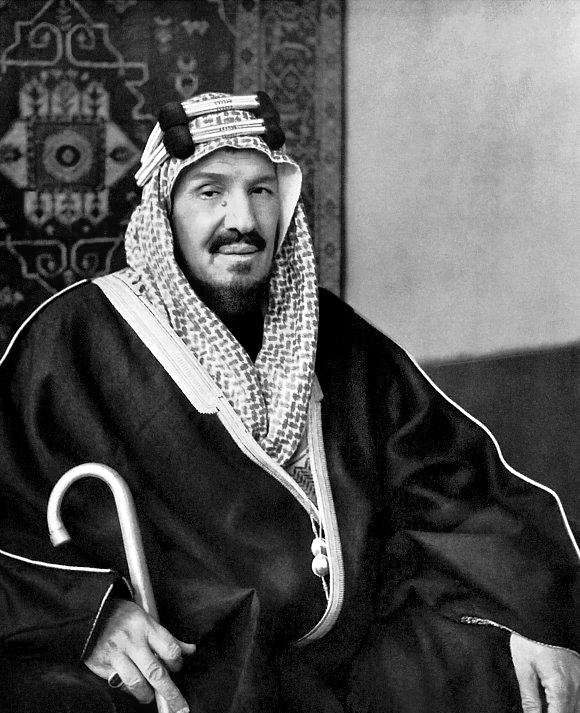
When the second Saudi state fell, Abdulaziz bin Abdul Rahman Al Saud was only 15. After a decade in exile in Kuwait, he returned to Arabia and began raiding tribes loyal to the Rashidi Emirate with the support of other tribes that remained loyal to the house of Saud. By the 15th of January 1902, Abdulaziz reached the walls of Riyadh, scaled them and had the Rashidi leader killed. Riyadh was taken and the third Saudi state was officially declared, rallying the support of many who had been disillusioned by the earlier, more fragmented Saudi state.
Abdulaziz formed the Ikhwan, an elite brotherhood of extremely religious military figures who embedded themselves among nomadic Bedouin tribes and encouraged them to set up permanent colonies around desert oases to reclaim more of the sparsely populated Arabian land. They set up their own schools and Mosques to teach Wahhabism to the nomads and produced a national army of sorts made primarily of nomadic guerrilla fighters dotted around the nation. This tactic led to all of Nejd being retaken by 1912.
In 1914, the outbreak of the first world war led to the Ottomans directing their military against the entente forces in Europe, which led to Britain approaching Abdulaziz and the Treaty of Darin in 1915, which made the Saudi state a British protectorate. The British were willing to aid all kinds against the Ottomans, from the more religiously focused Saudis to the broader pan-Arab movement. The Sharif of Mecca, Hussein bin Ali, led the pan-Arab revolt and was recognized as the King of Hejaz by the British. When the British and allies backstabbed him over a refusal to back a larger pan-Arab state, the Saudis attacked in 1924.
In 1925, the Kingdom of Hejaz collapsed which led to the dual-monarchy mentioned earlier of Hejaz and Nejd under Abdulaziz. With the collapse of the Ottoman Empire itself, the Saudi state was at last in a position of complete power. The only remaining threat was the growth of British influence, as large chunks of Arabia were now controlled by them and the Ikhwan were not appreciative of this. Given that the Ikhwan had some pretty unconventional methods of warfare (such as refusing most modern weaponry as it was not available in the days of the prophet Muhammad), their few attempts to raid the British met with catastrophe.
Recognizing the threat of this instability, Abdulaziz broke support from them in 1927 to preserve peace with the British. The Ikhwan rebelled in December 1928, only to be rapidly destroyed by the British backed Saudi forces the following year. Fun fact: The last major battle of the conflict featured what may be the last military camel charge in history. The end of the Ikhwan saw the Saudi state stabilized and at last, on the 23rd of September 1932, the two kingdoms were united on the Saudi Arabia national day. This is how it remains today. While there’s much more history to cover, that about does it for this article.
Conclusion
The Saudi Arabia national day represents the culmination of centuries of ambition against Ottoman control. More than just the simple establishment of a nation, it was that nation’s final victory after a long and storied history of constant conquest, destruction, backstabbing and uprising. The Saudi national day wasn’t actually declared as such until 2005 under king Abdullah, which perhaps isn’t surprising considering how many debate you could have over where to put the date. But when looking back over the history, I’d have to say this was a good date to choose. There’s a lot more history to cover and you can bet I’ll be doing that soon!



